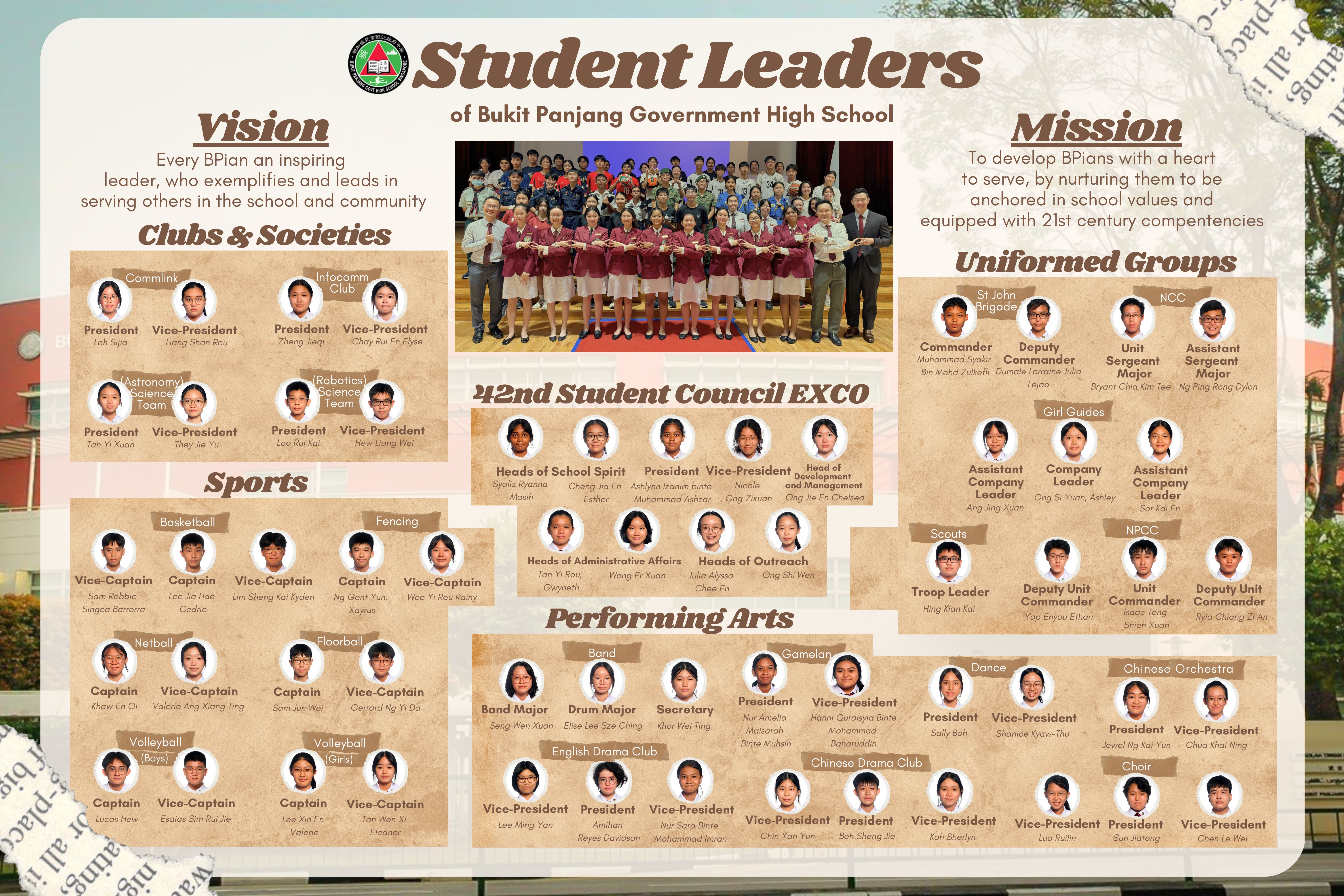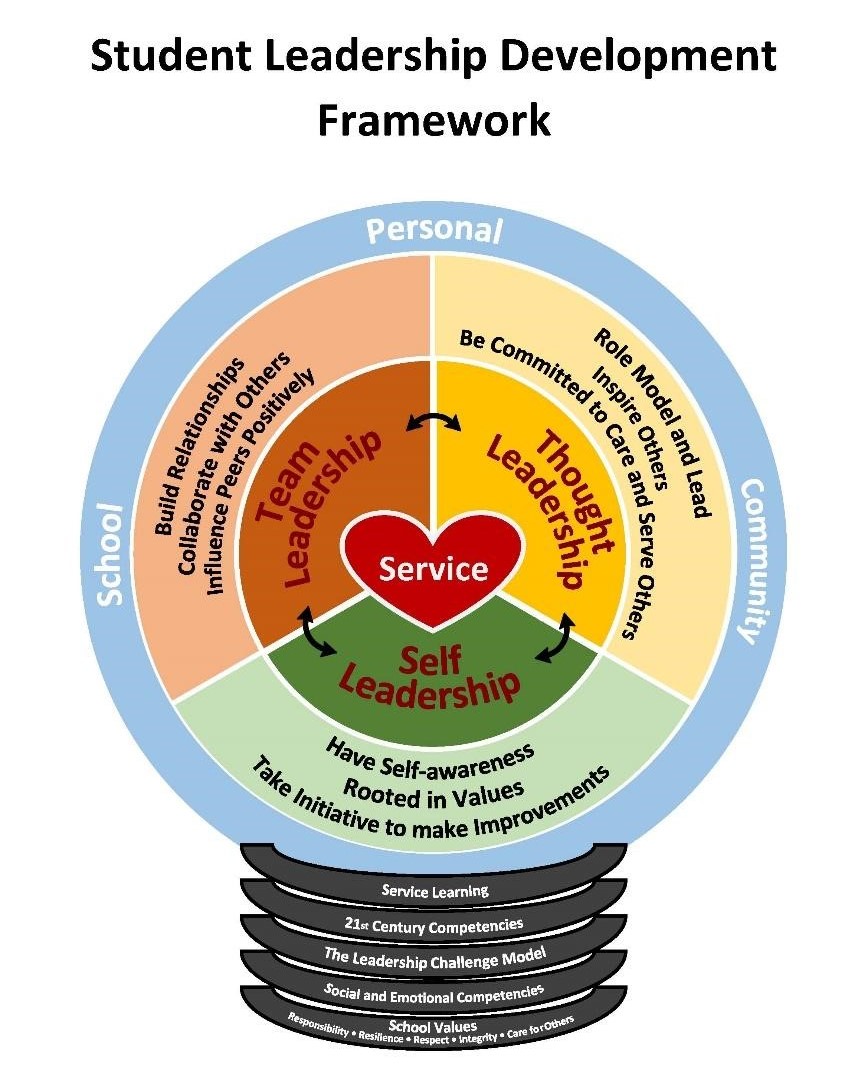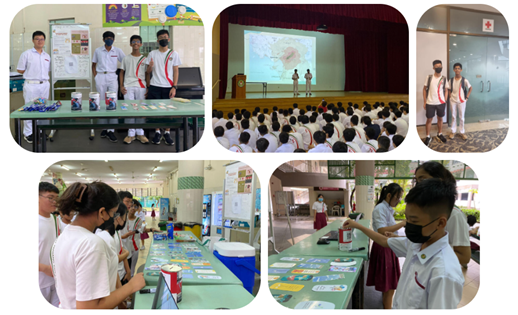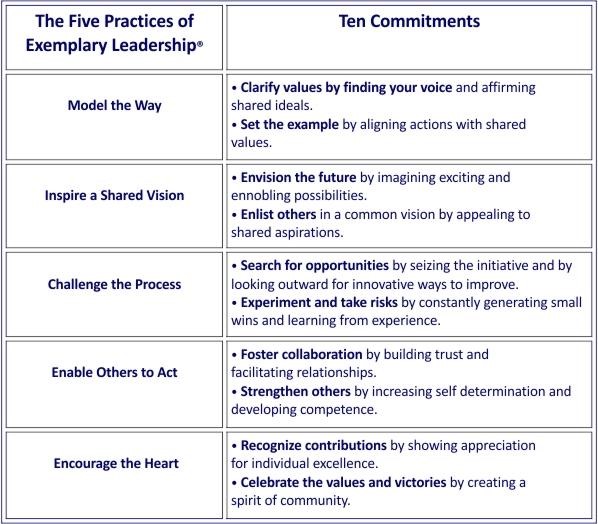Student Leadership Development
Student Leadership Development

Vision
To develop every BPian to be an Inspiring Leader, who exemplifies and leads in serving others in the school and community.
Mission
To develop leaders with a heart to serve, by nurturing BPians to be anchored in school values and equipped with 21C competencies.
Philosophy of SLD in BPGHS
- Every BPian should be developed as a leader
- Leadership is not just positional, but also dispositional.
- Every student possesses his/her unique blend of abilities, inclinations and talents. Thus, he/she is able to make a positive difference within his/her sphere of influence, and thereby be a leader.
- Leadership is values-driven.
- Student Leadership Development needs to be grounded in sound values to enable student leaders to lead others to achieve goals in an ethical way.
- Leadership should be about effecting positive change on behalf of others and society.
- BPGHS aims to develop every BPian to be inspiring leaders, anchored in values and with a heart to serve.
- Student Leadership Development is a purposeful and collaborative process that fosters social change for the common good.

1. Guiding Principles
Our Student Leadership Programmes are underpinned by:<p></p>
| School Values: | These ensure the words and actions undertaken by students are based on sound moral values and motives to have a positive impact on others. |
|---|---|
| Social and Emotional Competencies: | These enable the students to manage themselves and others and engage in responsible decision making. |
| 21st Century Competencies: | These enable the students to face the challenges of the future. |
| The Leadership Challenge Model (TLC): (see Annex A below) | TLC by Kouzes & Posner serves as the fundamental basis for the design of all SLD programmes. The five exemplary practices of leadership provide the leadership development focus for each dimension of leadership development. |
| Service Learning (through ViA): (see Annex B) | Students carry out Values-in-Action (VIA) projects using the service-learning approach which combines service to the community with student learning in a way that improves both the student and community. There is an equal emphasis on helping communities and providing valid learning experiences to students. |
2. Service
The Student Leadership Development Framework calls for leadership directed towards a greater purpose than self, which is ‘service’ beyond the personal needs to include the needs of the school and the community, as depicted at the core of the framework. The framework is grounded in the belief that every leadership effort should culminate in a positive impact on others, which can consist of their peers, school or the wider community.<p></p>
3. Self Leadership. Team Leadership. Thought Leadership
The framework describes an interaction between three dimensions of Student Leadership Development – Self-Leadership, Team Leadership and Thought Leadership. The essence of each dimension of leadership is as follows:<p></p>
| Self-Leadership: | Awareness of one’s own strengths and talents and rootedness in sound values is the basis of strong leadership for service. |
|---|---|
| Team Leadership: | Students need to learn how to work collaboratively with others to effect change for the betterment of others. |
| Thought Leadership: | The ability to envision a future and inspire and mobilise others to serve together. |
The framework takes reference from the four elements of critical consciousness development (Cipolle, 2010, p.7), which are:
- developing a deeper awareness of self
- developing a deeper awareness and broader perspective of others
- developing a deeper awareness and broader perspective of social issues
- seeing one’s potential to make change
It also emphasises the experiential learning process of leadership among students, as reflected by the dual-headed arrows around the three dimensions of leadership. It encourages the continual process of service and reflection, deepening the growth of oneself in any of the dimensions in which one is in.
4. Personal. School. Community
The outer-most ring represents the three key groups of stakeholders that are involved in the Student Leadership Programmes — Personal, School and the Community.<p></p>
The school leverages community resources and expertise of external partners to provide the necessary training and opportunities to our students. As leadership development is a continual and directed journey, teacher guidance and mentorship is critical in providing the impetus for successful development of leadership values, skills and knowledge in students.
Key Platform: Student-initiated Activities (SiA)
Student-initiated Activities (SiA) is one of the key platforms for students to develop their leadership skills. Students work in groups or as a class to propose projects in support of a good cause. SiA provides opportunities for students to build team spirit and develop the entrepreneurial dare, as well as a greater appetite for risk-taking and experimentation.
BPians who are keen to make a positive impact on their lives of others in the school or community may launch a SiA project by gathering interested peers and obtaining the endorsement from the school SLD team for implementation.
Some of the SiA projects carried out in 2023:
 Objective: Raising awareness about common cybersecurity threats and best practices against cyber attacks to the residents in Choa Chu Kang.
Objective: Raising awareness about common cybersecurity threats and best practices against cyber attacks to the residents in Choa Chu Kang.
Partnering Organization: Cyber Security Agency of Singapore
Date: 17 March 2023
Venue: Keat Hong CC
 Objective: Raising funds to support the needs of those affected by the Turkey earthquake, including emergency shelter, first aid and food.
Objective: Raising funds to support the needs of those affected by the Turkey earthquake, including emergency shelter, first aid and food.
Partnering Organization: Singapore Red Cross
Date: 22-24 March 2023
Venue: BPGHS
For more information on the workflow and details of other projects, please click here.


